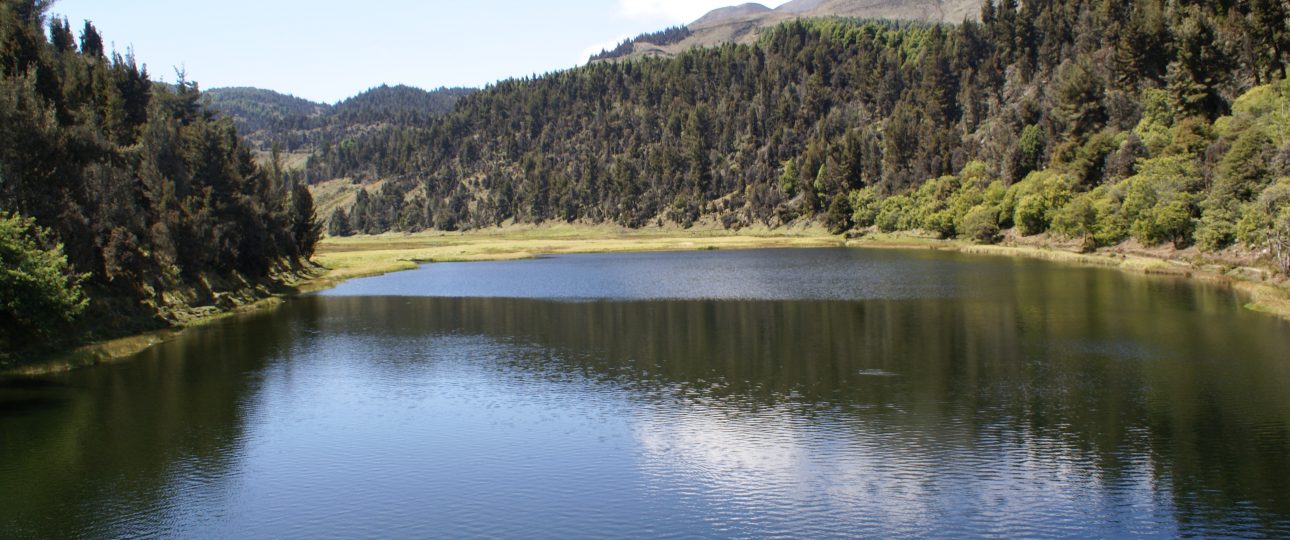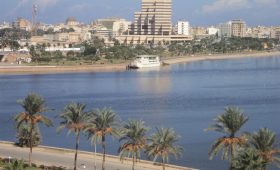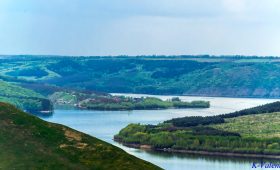Exploring Sierra Nevada National Park, Venezuela
Location and Overview
Sierra Nevada National Park is located in the western region of Venezuela, spanning 276,446 hectares across the states of Mérida and Barinas. This park is part of the Cordillera de Mérida in the Andes and features Venezuela’s highest peaks, including Pico Bolívar at 4,978 meters. The park’s diverse ecosystems range from cloud forests to high-altitude moorlands, making it a haven for hikers and nature enthusiasts.
Unique Features
Sierra Nevada National Park offers a variety of landscapes and experiences:
- Pico Bolívar: The highest peak in Venezuela provides challenging climbs and stunning views.
- Endemic Wildlife: The park is home to the endangered spectacled bear and a rich avian population, including the Andean condor.
- Glacial Lakes: Explore lakes like Mucubají and La Negra, remnants of the park’s glacial past.
- Andean Cloud Forests: These forests are rich with epiphytes and endemic plant species.
- Indigenous Culture: Discover the cultural heritage of the indigenous communities in the area.
Best Time to Visit
The ideal time to visit is during the dry season from December to March, when the weather is more predictable and trails are accessible. However, if birdwatching is your interest, the wet season from May to October brings migratory birds to the park.
Getting There
The nearest airport is in Mérida, a city known for its vibrant culture and as a gateway to the park. From Mérida, you can take the Mérida cable car, the highest in the world, for a scenic entrance into the park. Alternatively, road access is available through the village of Tabay via La Mucuy.
Local Transportation
Once inside the park, the primary mode of transportation is on foot. The rugged terrain and limited infrastructure mean that hiking is the best way to explore. Consider hiring a local guide for safety and to gain deeper insights into the park’s natural and cultural history.
Considerations
While the park offers breathtaking landscapes and unique wildlife, visitors should be prepared for the challenges of high-altitude hiking. Weather conditions can change rapidly, and some areas may be difficult to access without proper equipment and guidance. Always check local conditions and regulations before your visit.




